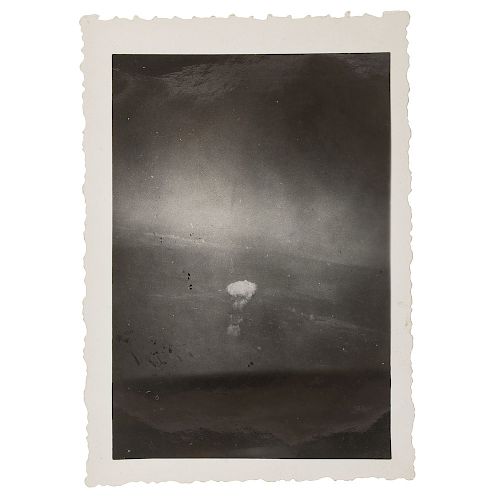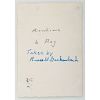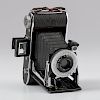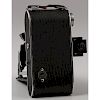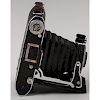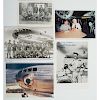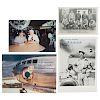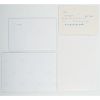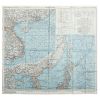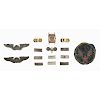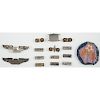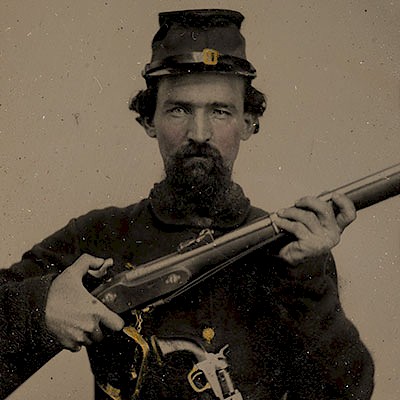WWII Archive of Russell E. Gackenbach, Navigator of Necessary Evil, Incl. Camera and Photograph of the Bombing of Hiroshima
About Seller
6270 Este Ave.
Cincinnati , OH 45232
United States
With offices in Cincinnati, Cleveland and Denver, Cowan’s holds over 40 auctions each year, with annual sales exceeding $16M. We reach buyers around the globe, and take pride in our reputation for integrity, customer service and great results. A full-service house, Cowan’s Auctions specializes in Am...Read more
Two ways to bid:
- Leave a max absentee bid and the platform will bid on your behalf up to your maximum bid during the live auction.
- Bid live during the auction and your bids will be submitted real-time to the auctioneer.
Bid Increments
| Price | Bid Increment |
|---|---|
| $0 | $25 |
| $500 | $50 |
| $1,000 | $100 |
| $2,000 | $250 |
| $5,000 | $500 |
| $10,000 | $1,000 |
| $20,000 | $2,500 |
| $50,000 | $5,000 |
| $100,000 | $10,000 |
About Auction
Jun 21, 2019
On June 21, Cowan’s Auctions will be offering a remarkable selection of historic photography, letters, documents, flags, political ephemera, and more representing the Revolutionary War-period through the Civil War, Indian Wars, and beyond, as well as the American West. Cowan's Auctions dawnie@cowans.com
- Lot Description
Archive of Lt. Russell E. Gackenbach, the last surviving crew member of the three strike planes that carried out the first wartime use of an atomic bomb in human history, including the only known non-government photograph of the mushroom cloud over Hiroshima which resides in private hands, 2.5 x 3.5 in., inscribed on verso Hiroshima 6 Aug and signed Taken by Russell Gackenbach ; the Agfa PB 20 Viking camera with which it was taken; a note signed by Gackenbach attesting that the camera was the one used on Necessary Evil on Aug. 6, 1945; a 5 x 7 in. photograph of Gackenbach in front of the front landing gear of Necessary Evil , Signed Russell E. Gackenbach, Navigator , with inscription to Richard DeRosa; a 5 x 7 in. photograph of Necessary Evil , signed R.E. Gackenbach/ Navigator 6 Aug ‘45/ Hiroshima Photo plane ; a 3.5 x 5 in. photograph of a crew of ten, with Gackenbach at center, inscribed Crew B-10, Dec. 1944 , and signed Russell E. Gackenbach ; a photograph of an aged Gackenbach, dated 11/11/01; AAF cloth chart No. C-52 Japan and South China Seas /No. C-53 East China Sea, 31 x 33 in.; two US Army Air Force Navigator Wings; eight lieutenant’s bars; two U.S. flight officer insignia; a US Army Air Force aviation cadet pin; and a theatre-made US Army Air Force patch.
The bombing of Hiroshima, known internally as Special Mission 13, was carried out by three B-29s of the 393rd Bombardment Squadron, 509th composite group: the B-29 Enola Gay , serving the mission role of weapon delivery; The Great Artiste , responsible for blast measurement and instrumentation; and Necessary Evil , responsible for strike observation and photography (three weather reconnaissance planes had previously scouted the conditions over Hiroshima, the primary target, and the contingency targets of Kokura and Nagasaki). 2nd Lt. Russell Gackenbach served as Navigator on Necessary Evil , which also carried Prof. Bernard Walman, the only civilian in the crew of 10, as the official government camera operator. Despite a search of the crew before takeoff, Lt. Gackenbach managed to secrete his personal Agfa Viking camera aboard. According to interviews with Gackenbach, he retrieved his camera barely one minute after Little Boy was dropped from the Enola Gay – “as soon as the initial flash died down” – and snapped two photographs.
One of the two photographs was donated to the archives of Lehigh University, and the other is offered here. The lot contains documented provenance from Gackenbach to Richard DeRosa to the current consignor. This is once-in-a-lifetime chance to own this unique documentation of one of the watershed moments in human history. - Shipping Info
-
Buyers are required to pay for all packing, shipping and insurance charges. Overseas duty charges are the responsibility of the successful Bidder. Be aware that for larger and/or valuable items, shipping charges can be substantial. - If there is no shipping amount on listed your invoice, you will need to make arrangements to pick up or ship your purchase through an alternative shipping company. Our shipping department can be contacted at 513.871.1670 (ext. 219) or email shipping@cowans.com. - Shipping charges include insurance for your order while in transit. If you have private insurance we will adjust your charge to include only packing and shipping. - Please allow 14 – 21 days after payment to package and ship your purchase as carefully as possible.
-
- Buyer's Premium



 EUR
EUR CAD
CAD AUD
AUD GBP
GBP MXN
MXN HKD
HKD CNY
CNY MYR
MYR SEK
SEK SGD
SGD CHF
CHF THB
THB